Learning a new firearm platform can be somewhat scary. Back in the day, I felt very comfortable with my pistol, but hesitated shooting an AR. When I decided to shoot 3-Gun, I had no choice but to learn and become confident when shooting this type of rifle. Since then, I have had the opportunity to train women at various events. During the class, before we actually started live fire, I took time reviewing the parts of the AR so everyone felt more comfortable. I figured if these ladies were anything like me, they’d want to know the “how’s and why’s” first. I explained the following information, and a little more, in my classes.
Sponsored by Springfield Armory
People call it many different names: assault rifle, black rifle, automatic rifle, and modern sporting rifle. So, what do those letters mean? ArmaLite produced the rifles originally designed in 1957 by their chief engineer, Eugene M. Stoner. The ArmaLite Rifle became known as the AR.
ARs break down into 2 different sections: the upper and lower. The upper contains a barrel, handguard, bolt carrier group, charging handle, ejection port and dust cover. The lower receiver holds the trigger group, hammer, buffer tube (which contains the recoil spring and the buffer), butt stock, grip and magazine well. Unlike the upper, the serialized lower requires an FFL transfer to purchase. You can purchase all the other parts without going through an FFL dealer.
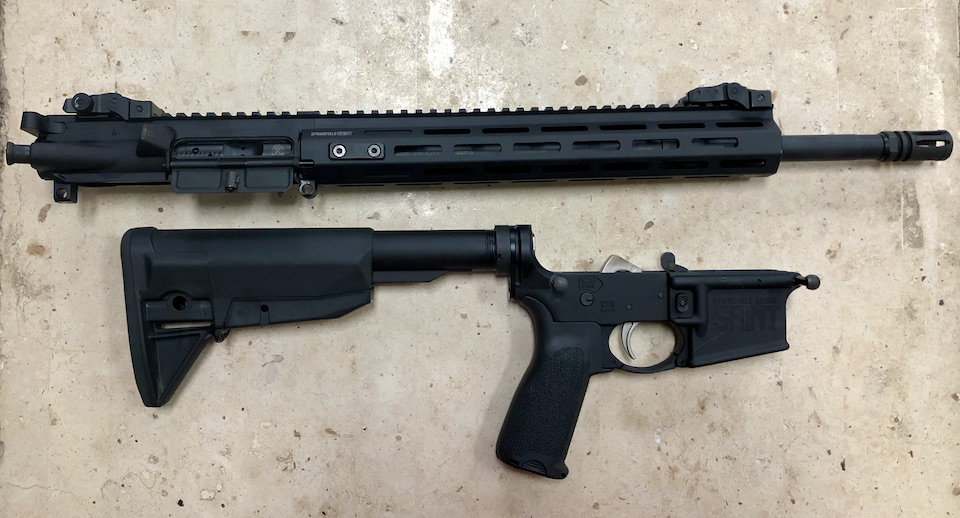
It’s all the little parts of the upper and lower that allow for customization of the AR. Imagine it like a bunch of Lego pieces where you pick and choose the pieces you like best.
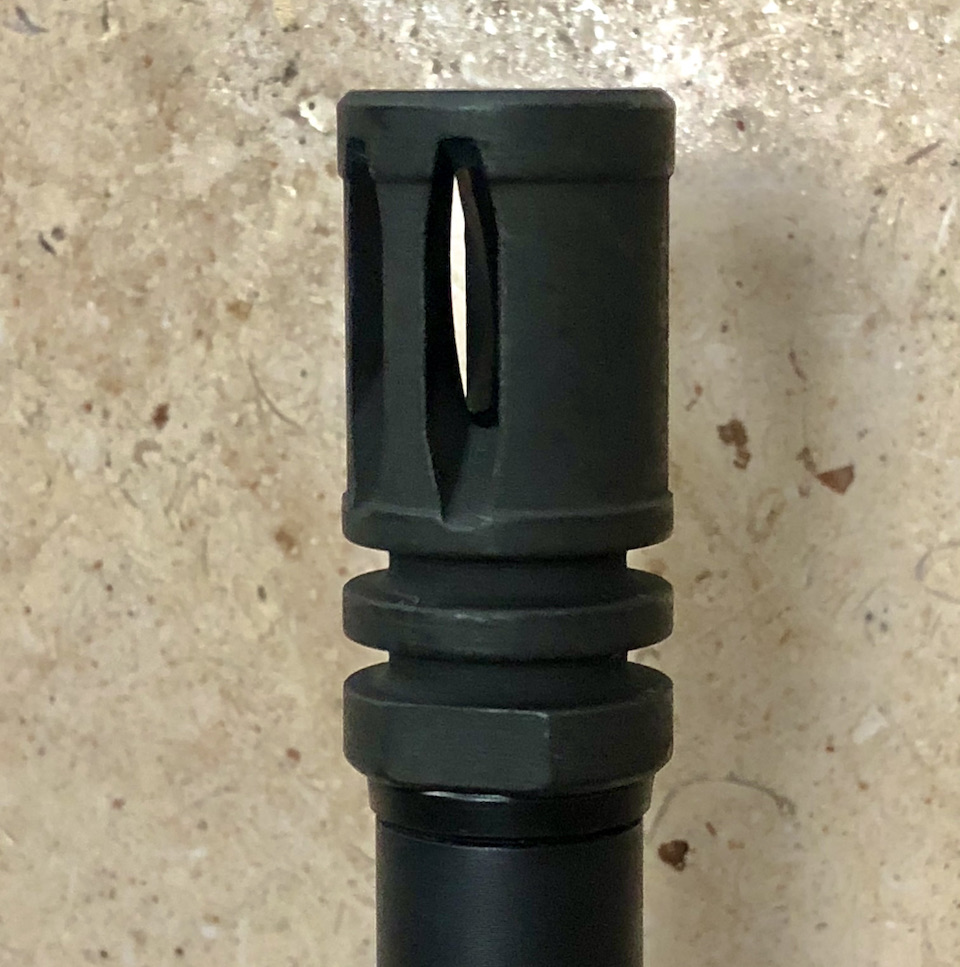
Muzzle Brake or Flash Hider – If you have a threaded barrel, you may have either a muzzle brake or a flash hider on the end of it, or just a screw-on thread cover on the threads. A muzzle brake helps manage recoil (allowing for quicker follow-up shots), while a flash hider reduces the flash signature so it is harder for others to see where shots are coming from.
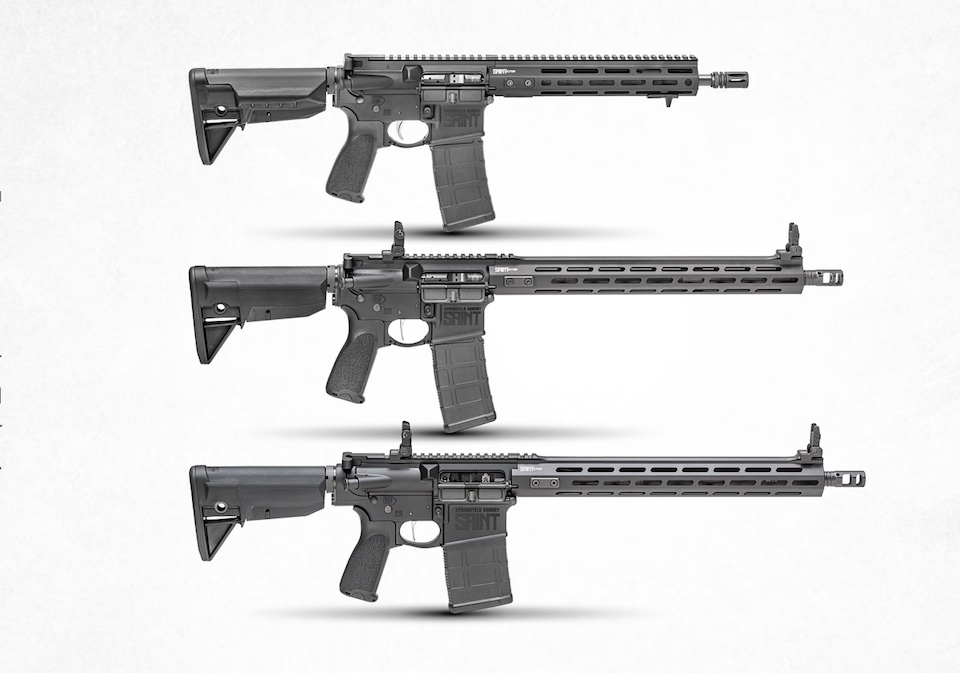
Barrel – We are only addressing rifle-type ARs for this article; an AR pistol is a similar, but different animal. If an AR’s barrel measures 20 inches or more, it’s considered a rifle, while those shorter than 20-inches are carbines. A barrel shorter than 16 inches is a short barreled rifle (SBR). It requires a $200 federal tax stamp, paperwork, fingerprinting and photo.
Another consideration with a barrel is the rifling and its twist rate. The rifling puts a spin on the bullet as it moves down the barrel. An adequate spin on the projectile stabilizes the bullet during its flight. Faster twist rates are better for heavier, longer bullets, and slower twist rates work better with lighter, shorter bullets.
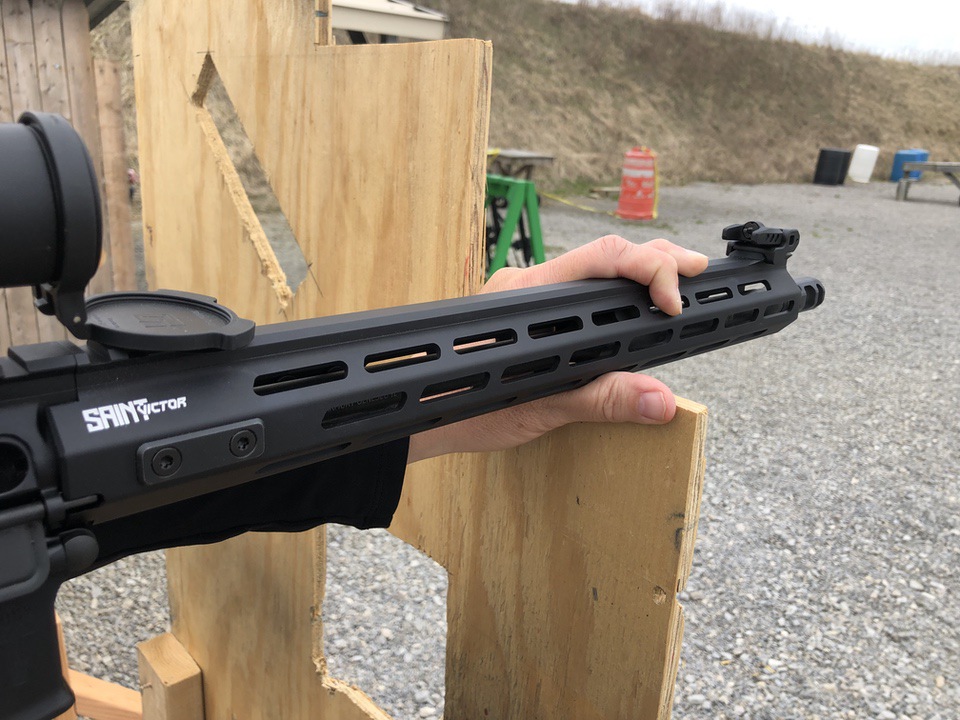
Handguard – The handguard, also known as the forend shrouds the barrel and gives you a place to hold onto, and also a place to mount accessories.

Bolt Carrier Group (BCG) – This group consists of the bolt carrier, bolt, firing pin, cam pin and firing pin retaining pin. It is the heart of the AR system. The BCG is responsible for chambering ejecting a round of ammunition, and transmits the hammer strike during the firing sequence through the firing pin to the ammo primer.
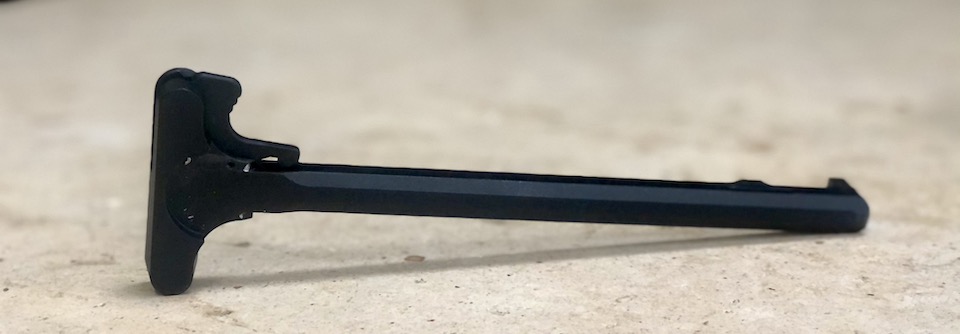
Charging Handle – This T-shaped piece allows the shooter to manipulate the bolt carrier to chamber and to eject a round.
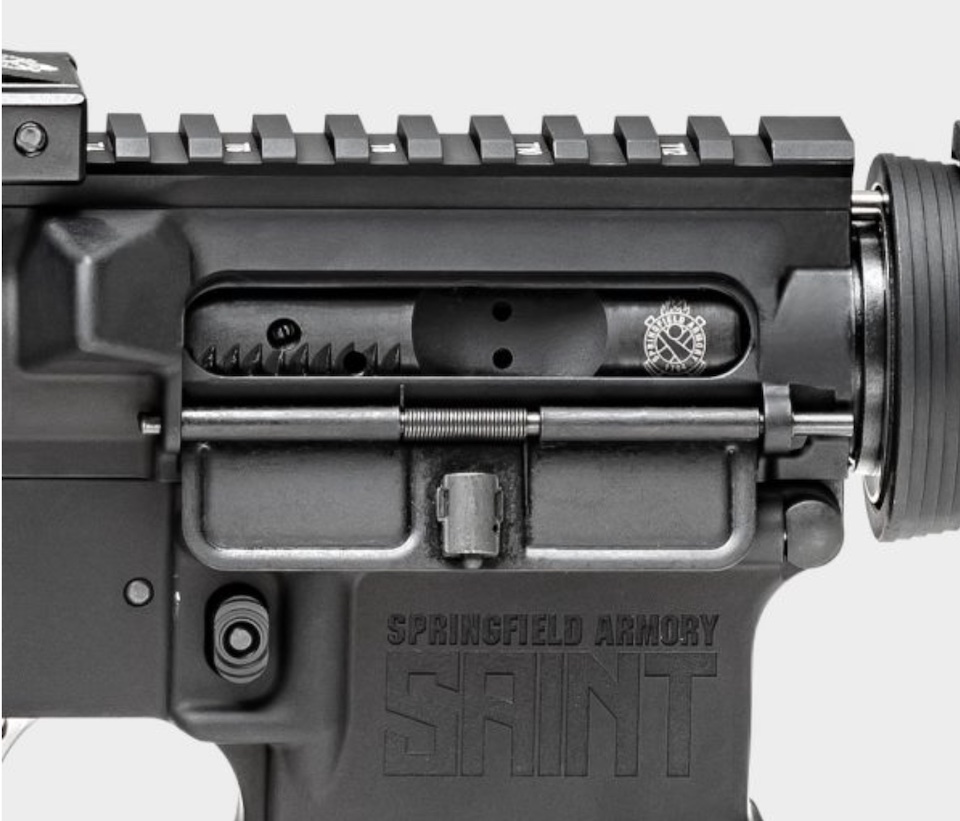
Ejection Port and Dust Cover – The ejection port is where spent casings are ejected from. The dust cover, if included with the particular rifle upper assembly, keeps dirt, dust and mud out of the ejection port when the gun is not being fired.
Trigger Group – There are several types of triggers available as original equipment or as aftermarket add-ons. Trigger types can be broken down into 2 categories – 2-stage or single-stage. When pressed, a 2-stage trigger has significant backward movement before it releases the sear, allowing the hammer to fall. Some people refer to this as the slack or take-up. On the other hand, when pressing a single stage trigger there is usually no pre-travel or slack. Once the correct amount of pressure is applied, the hammer releases. The weight of the trigger refers to the amount of pressure applied before the gun fires.
Buffer Tube – The buffer tube houses the main recoil spring and the buffer. These pieces dampen the recoil as the carrier moves when firing.
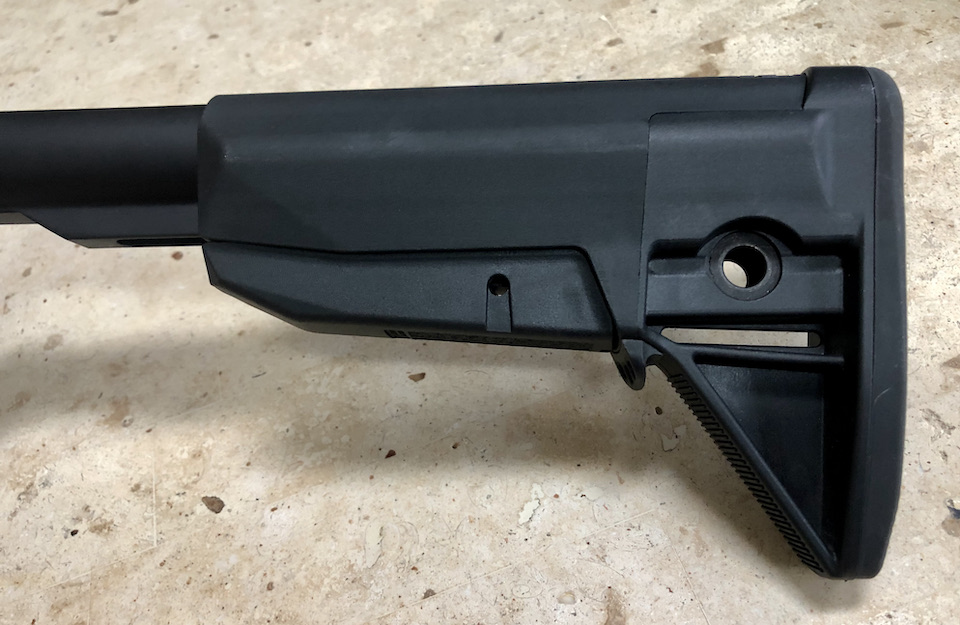
Butt Stock – There are 2 types of butt stocks; fixed and adjustable. This part of the rifle is what comes in contact with your shoulder. Fixed are just as it sounds, and adjustable butt stocks can be adjusted in length and sometimes in comb height.
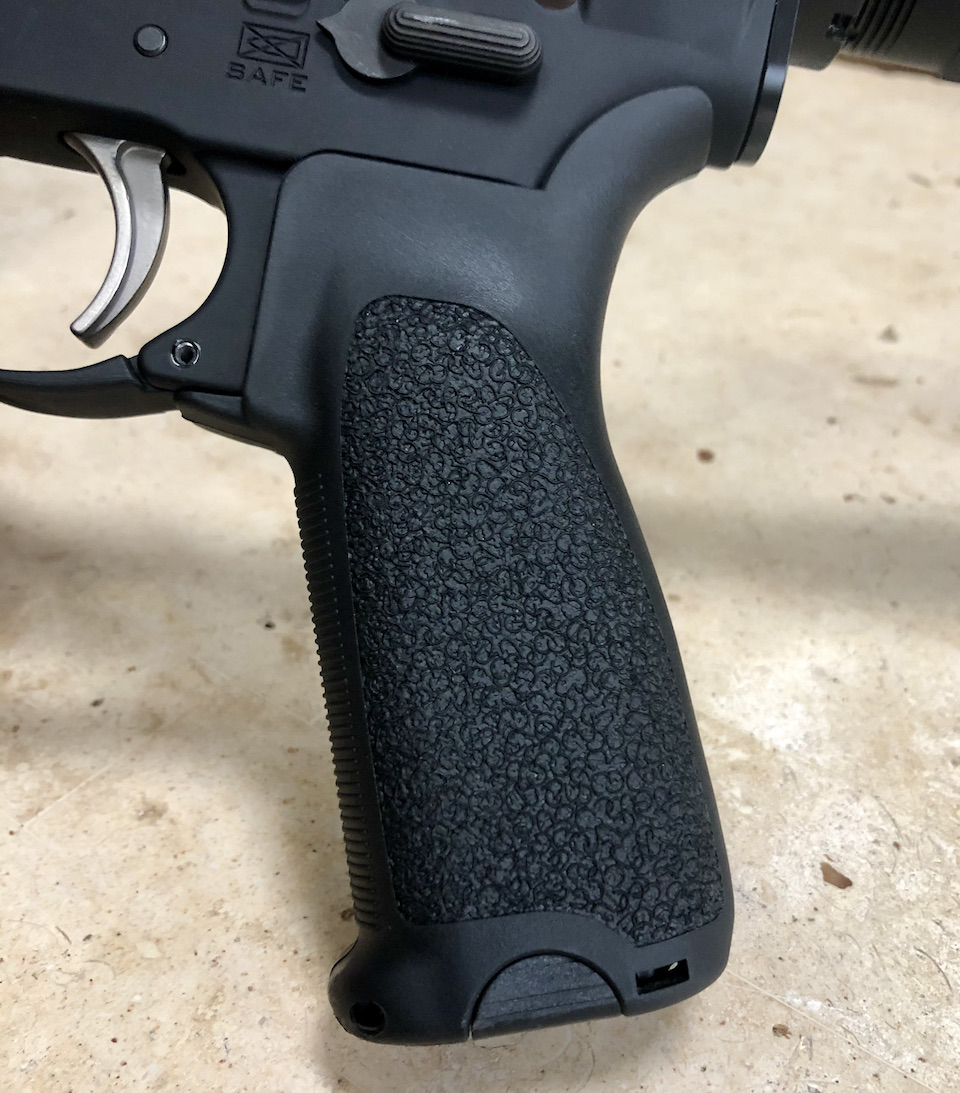
Grip – Standard AR grips are hard plastic. Just like with a pistol, this is where your strong hand (the one pressing the trigger) holds onto the gun.
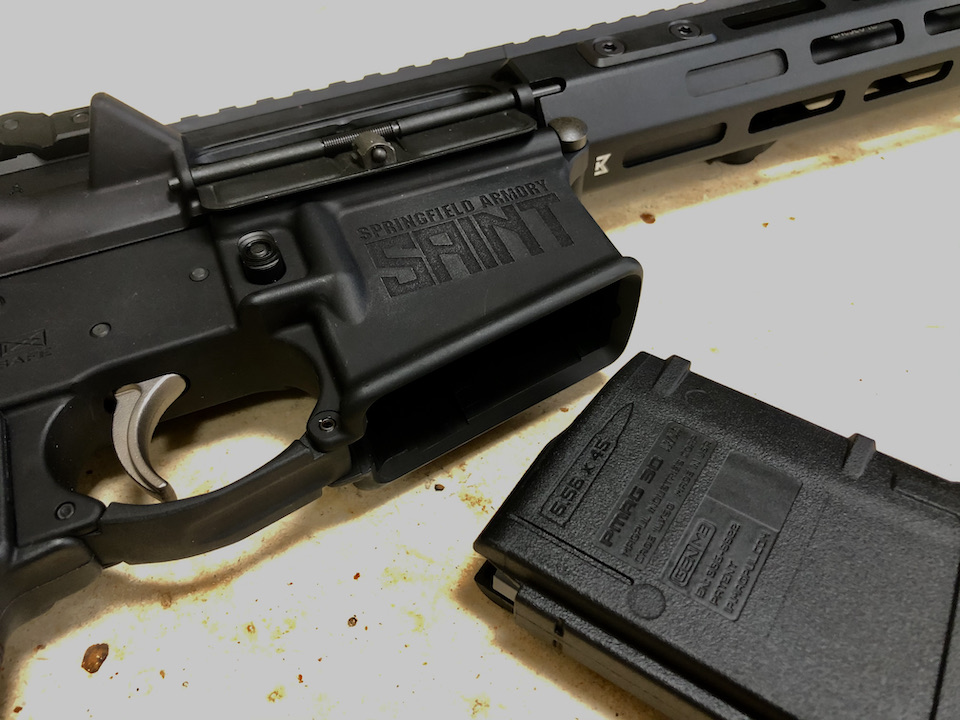
Magazine Well – Again, similar to a pistol, this is the area where you insert the magazine containing your ammunition.
Yes, anyone can take a standard AR out of the box and head right to the range. For others, however, standard is never enough. With numerous modifications available, accessories to add and colors to choose from, the choices of how to assemble these rifles are endless.
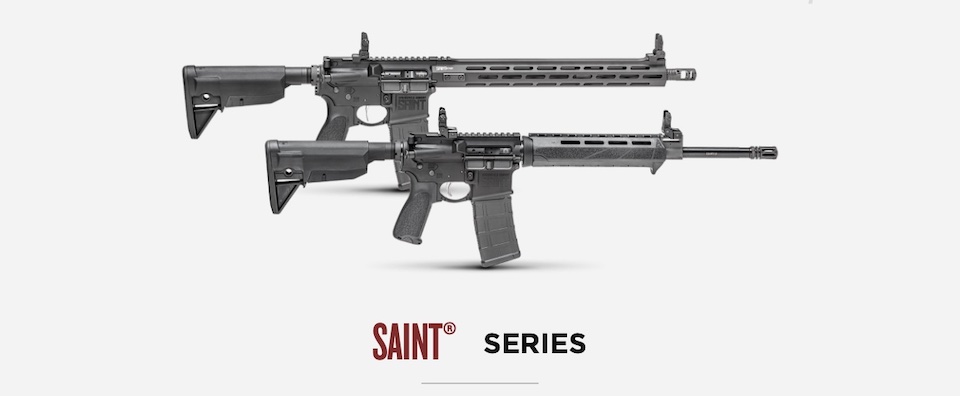
Springfield Armory’s SAINT series offers ARs designed to meet any shooters needs.
Not sure what to do when you first bring home your new firearm? Read, New Firearm Owners: 6 Steps You Should Take Now to safely familiarize yourself with your new firearm.
Michelle Cerino, aka Princess Gunslinger, first entered the firearms industry in 2011 as co-owner, president and trainer at a national training company. She immediately began competing in both 3-Gun and NRA Action Pistol, becoming a sponsored shooter. Michelle is currently a columnist and Managing Editor of Women’s Outdoor News, as well as owner of Pervenio LLC. She also manages social media for Vera Koo and FASTER Saves Lives. Michelle encourages others to step out of the comforts of home and explore. View all posts by Michelle Cerino